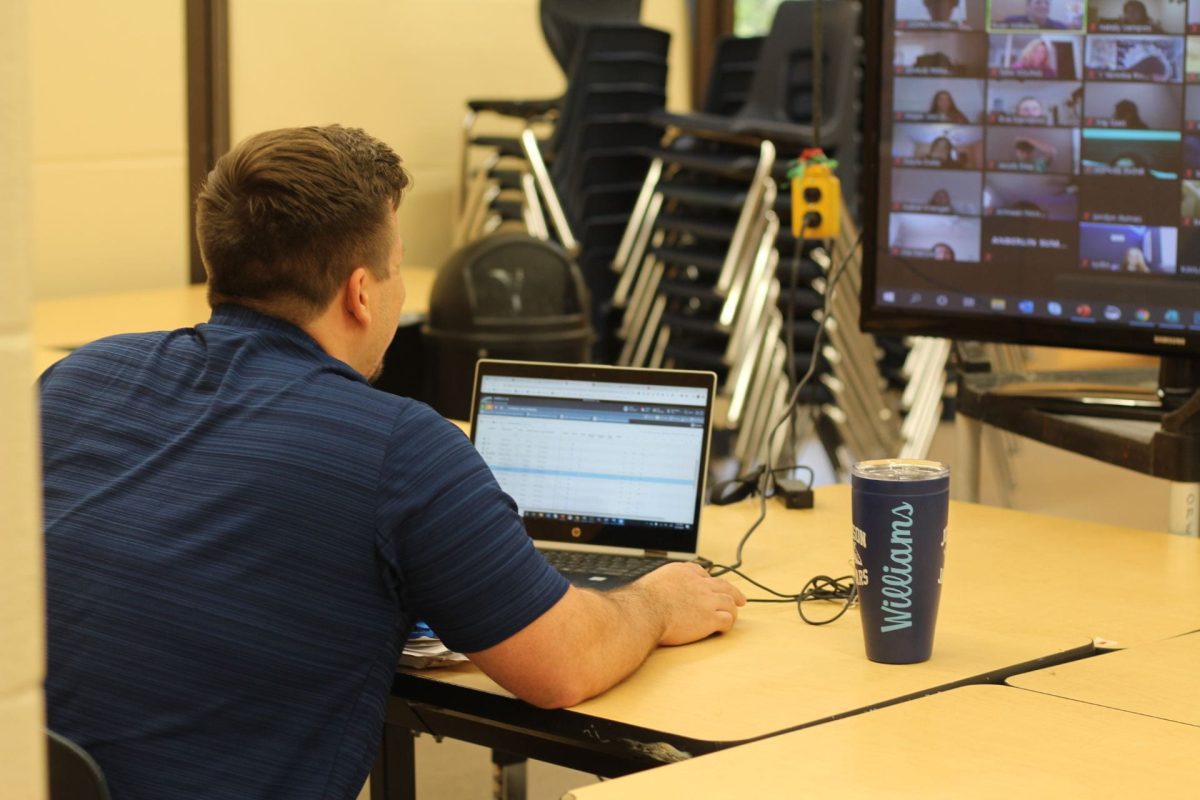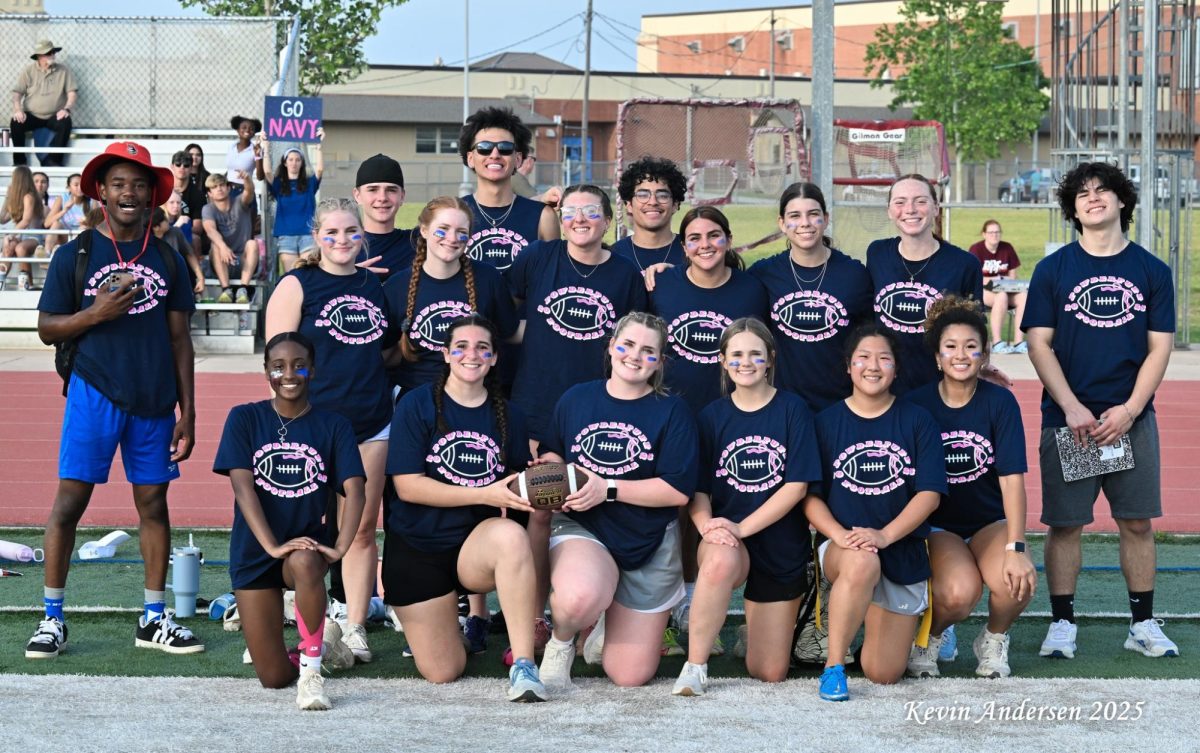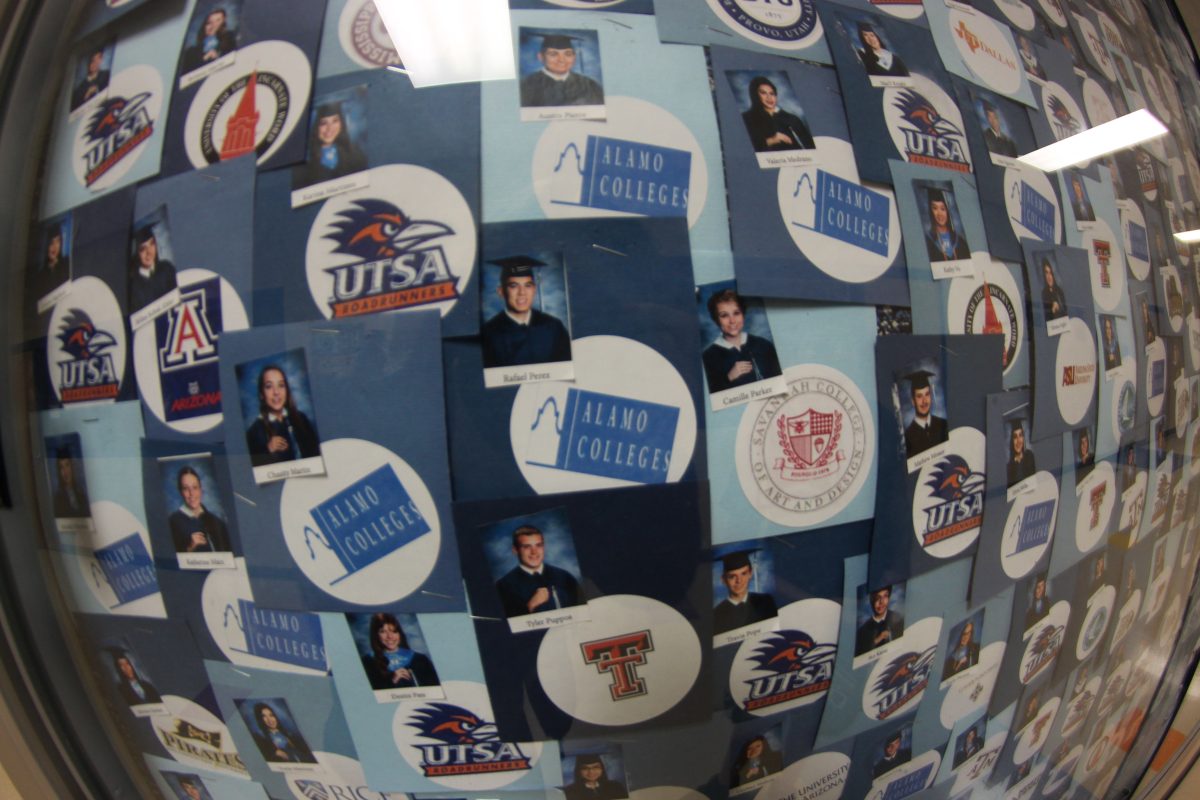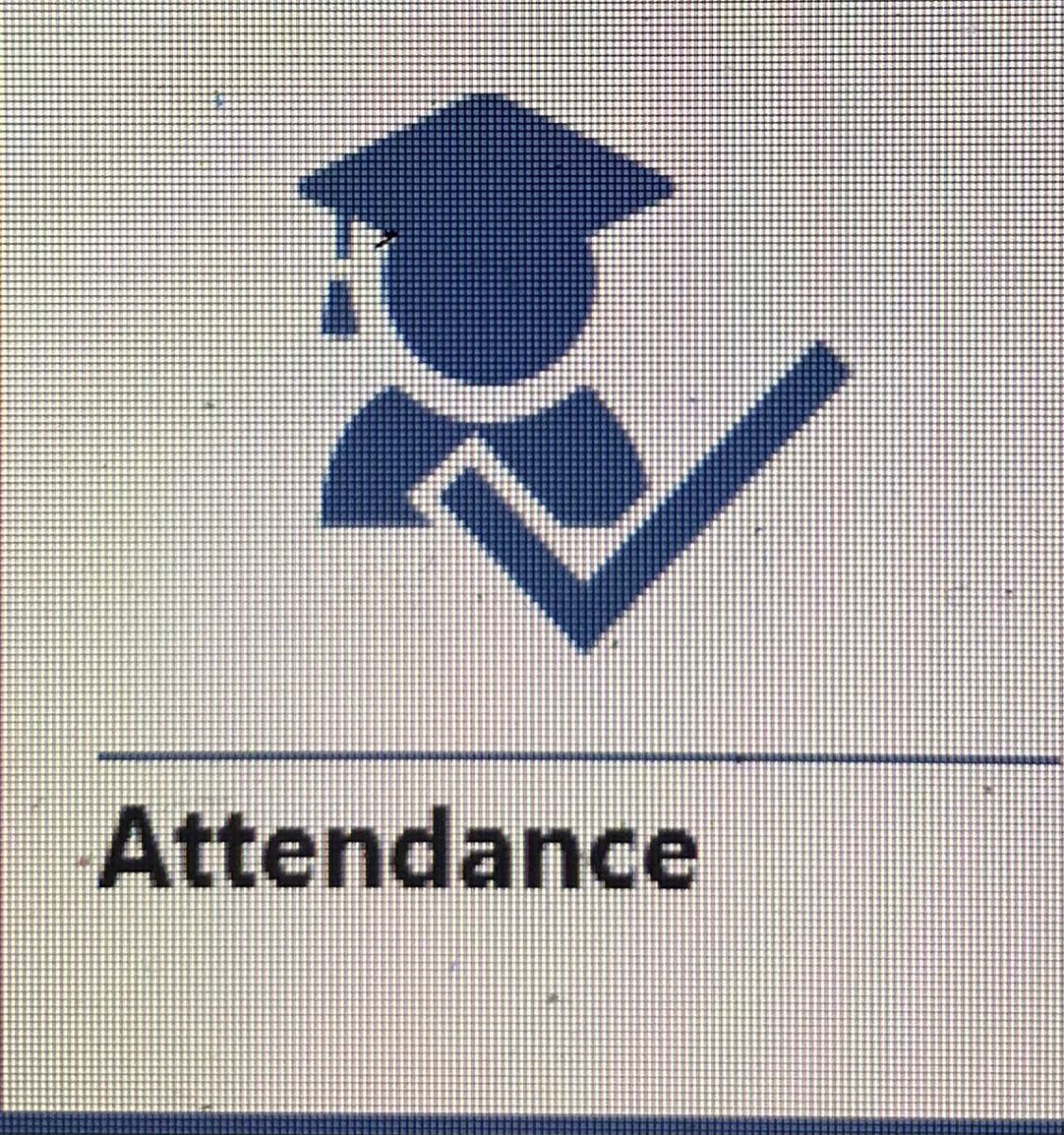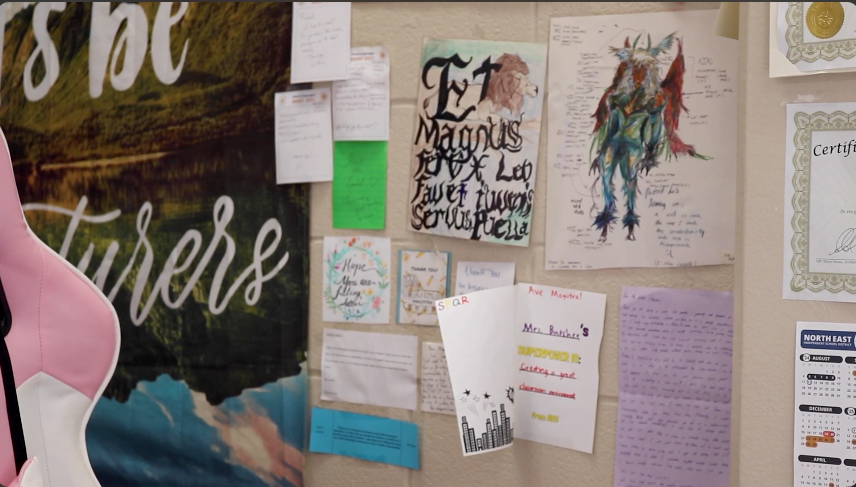by Karina Correa | staff writer
Zoom class meetings will now be affected by strengthened security settings as teachers continue to navigate the virtual learning environment.
While this added step only takes minutes to deploy, students need to be aware Zoom appropriate behaviors are being closely monitored.
“One of the reasons the email was sent to parents and students last weekend was about students having to come in with their camera on so a teacher does have some verification that if (student’s name) was coming into my class and I know who you are I can verify that immediately,” Principal Gary Comalander said.
If someone comes in without their camera on and refuses to turn it on, the teacher has the option of removing them from the class for the protection of everyone in that class.
“Obviously there are some people that are having issues and the best way to take care of that is that the student is communicating with the teacher,” Comalander said. “And we had some students communicate with us because of webcam issues or camera working sometimes and not. And we are aware of who that is.”
Because of anonymous people entering Zoom class meetings, now students have to sign in with their school email account.
“That’s just another security feature – because if not… it’s hard to trace where it comes from, and 90% of the people that are doing the wrong things are using anonymous emails,” Comalander said. “So for the safety of everybody using our NEISD email allows, one: we know who you are, for your safety, and then two: if someone does something wrong, it’s easier to track.”
The administration wants students to know that the same rules for recording a class in person and posting it on social media apply to virtual learning settings as well.
“The consequences are based on the student code of conduct,” Comalander said. “They can range from on campus ISS when that time comes, it can become not being able to be in a class live and you have to work on your own asynchronously, t0 you could get alternative school.”
There are also consequences for being tardy to zoom meetings. The 6-minute mark was added to prevent students from coming in late.
“If a student shows up to class after 6 minutes they are absent. You’re tardy for the first five and when it hits six, it’s an absence, and that’s state law because the state law for high school courses – you have to be there 90% of the time to get credit,” Comalander said. “Once five minutes has passed, you are not there 90% of the class and by TEA that’s considered an absence and you don’t get credit. So that’s why the 6 minute mark. It follows the same guidelines in person that the student has.”
And while the district and campuses are working through the new challenges of managing student behavior in a virtual setting, there are still students and parents navigating basic technical issues.
“[The] first step, is asking a teacher, [the] second step, there’s a help desk feature on the NEISD webpage where you can click the help desk and put what’s happening,” Comalander said.


